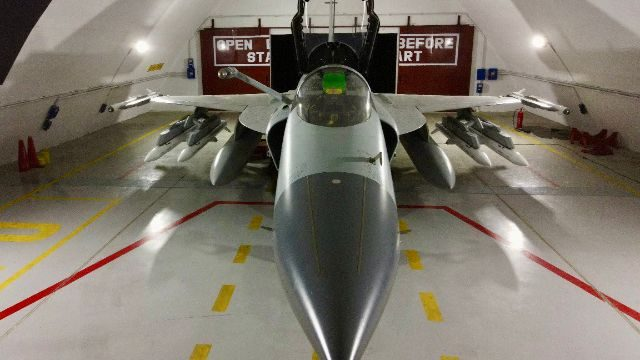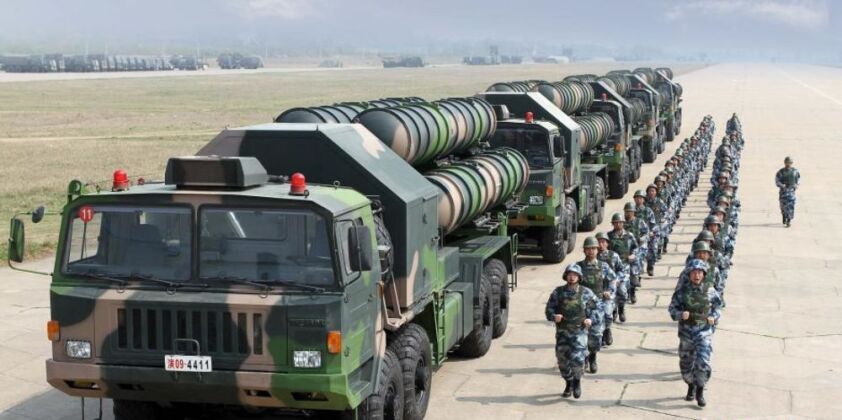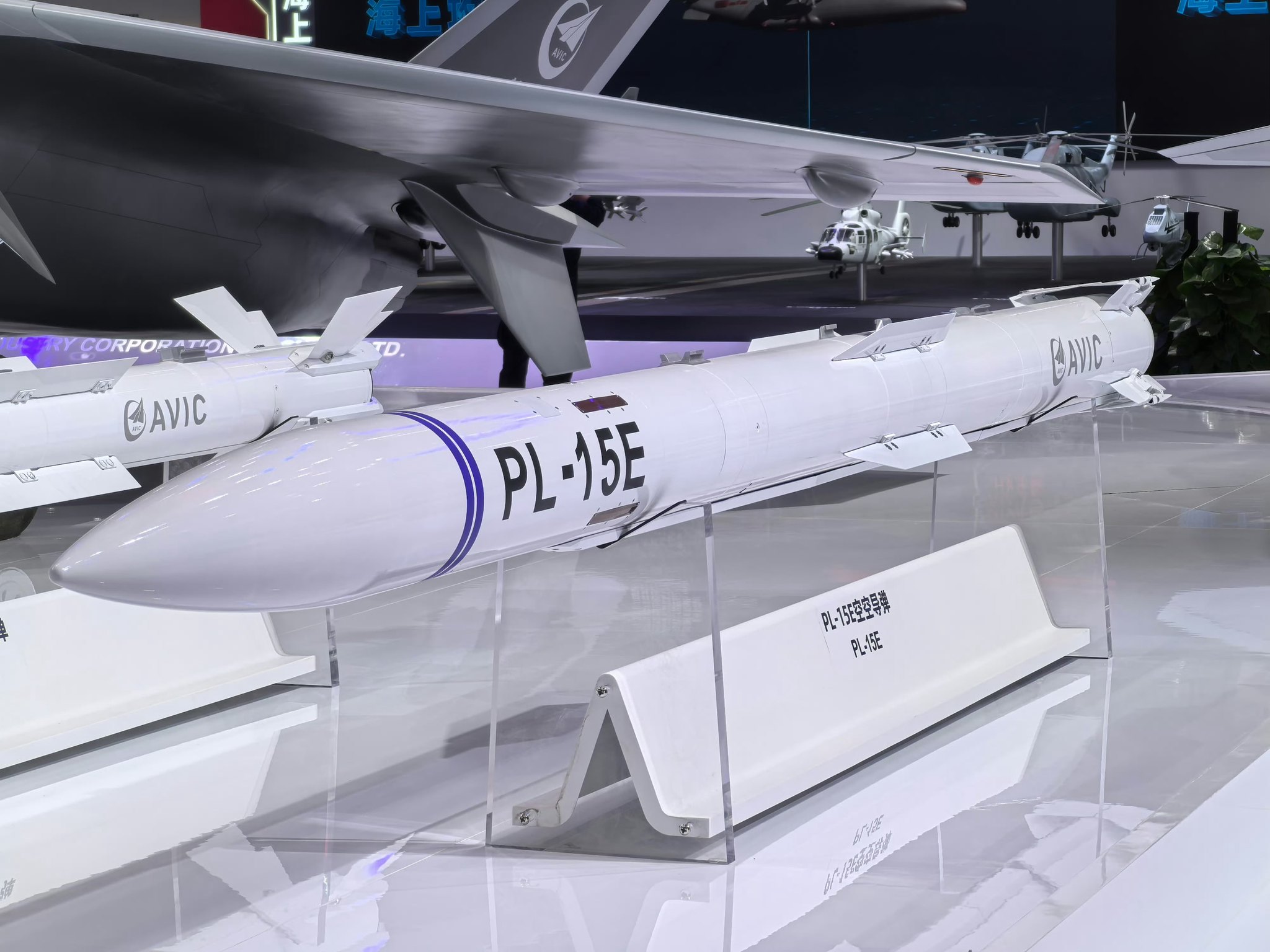India Captures J-10C and PL-15E Electronic, Digital Signatures in Major ELINT Win Against Pakistan
The captured data, collected during India’s Operation Sindoor, is said to include unique signal emissions and system behaviour linked to the Pakistan Air Force’s J-10C and JF-17 multirole fighter jets, as well as critical air-to-air and surface-to-air missile systems, marking a significant leap forward in India’s threat library compilation and electromagnetic dominance.
(DEFENCE SECURITY ASIA) — In a major intelligence windfall with far-reaching implications for regional security, India’s air defence and electronic warfare systems have reportedly captured a trove of digital and electronic signatures from advanced Pakistani military platforms during a series of hostile engagements earlier this year.
The captured data, collected during India’s Operation Sindoor, is said to include unique signal emissions and system behaviour linked to the Pakistan Air Force’s J-10C and JF-17 multirole fighter jets, as well as critical air-to-air and surface-to-air missile systems, marking a significant leap forward in India’s threat library compilation and electromagnetic dominance.
Indian defence officials and analysts, speaking to local media outlets, confirmed that during the short but intense phase of heightened hostilities last month, Indian radar arrays and ELINT platforms operating along the border successfully recorded signature-level emissions from Pakistan’s frontline Chinese-origin weapon systems.
These include not just radar and datalink emissions from the KLJ-10A AESA radar on board the J-10C and JF-17 Block III’s Chinese avionics, but also digital telemetry and tracking signatures associated with the PL-15E long-range beyond visual range (BVR) air-to-air missile and the HQ-9 strategic surface-to-air missile system.
“The successful capture of those electronic and digital signatures is expected to significantly enhance India’s defensive capabilities, while also enabling New Delhi to share critical technical intelligence with its strategic partners ,” an Indian defence analyst was quoted as saying.
The electromagnetic data, captured through a mix of passive radar systems, electronic surveillance aircraft, and signals intelligence drones, has reportedly been uploaded to India’s integrated threat recognition databases, enabling faster identification and countermeasure responses in future aerial engagements.
Indian sources confirm the data haul includes signal behavior under combat stress, frequency-hopping patterns, radar acquisition cycles, and thermal-emission profiles, all of which are essential to neutralizing adversary systems and formulating suppression of enemy air defences (SEAD) operations.


Critically, the acquisition of PL-15E missile signatures—widely believed to have a no-escape zone exceeding 140km and equipped with an active AESA radar seeker—allows India to refine its airborne missile warning, spoofing algorithms, and RF jamming profiles, bolstering survivability of high-value assets like the Netra AEW&C and IL-78 refueling aircraft.
By identifying the operational frequency bands and radar pulse repetition intervals of the HQ-9, India can now train pilots in radar evasion techniques, simulate threat engagements, and preprogram mission computers for deep penetration strike missions against Pakistan’s integrated air defence network.
According to sources close to the operation, the Pakistani deployment of Chinese-built systems in a live combat environment provided the electromagnetic window India had been waiting for, allowing its spectrum analysts to detect and decode previously classified signal behaviors in real time.
The data, officials say, will not only enhance India’s electronic warfare (EW) capabilities and early warning network response times, but also serve as a cornerstone for counter-stealth radar upgrades, AESA-based jamming platforms, and homegrown missile guidance evolution.
Beyond immediate defence applications, analysts suggest the intelligence windfall may offer export advantages as well, particularly in modifying and hardening Indian-origin defence systems for international markets against known Chinese-built threats.
“In addition to strengthening the country’s defence posture, the comprehensive electronic and digital data can also be leveraged to enhance the capabilities of indigenous military systems intended for export to international clients,” another analyst told local media.

The electromagnetic signatures are expected to be shared with India’s strategic partners, including Quad members and Middle Eastern defence clients, as part of India’s emerging role as a regional electronic warfare hub.
Meanwhile, research agencies such as DRDO and defence manufacturers like Bharat Electronics Ltd (BEL) are now reportedly incorporating these signatures into their training simulators, radar threat assessment software, and AI-based detection algorithms, further closing the gap between Indian and Western ELINT capabilities.
This intelligence is also expected to aid in India’s AMCA fifth-generation fighter program, which requires sophisticated adversary signature libraries for developing advanced stealth countermeasures and multi-spectral threat detection.
As India accelerates its shift toward network-centric, data-driven warfare, the integration of real-world digital fingerprints of adversary systems into its operational doctrine marks a strategic shift in the balance of airpower on the subcontinent.
The development also carries important regional implications, with analysts warning that India’s growing dominance in the electromagnetic battlespace may force Pakistan to shift tactics, alter its radar emission protocols, or consider acquiring next-generation low-probability-of-intercept systems from China.

For now, India’s success in harvesting live signal intelligence from enemy systems during kinetic operations signals a profound advancement in its strategic depth and pre-emptive strike preparedness, strengthening its position in an increasingly volatile South Asian security environment.
In a theatre where information warfare precedes missile launches, and electromagnetic dominance determines survivability, India’s ELINT victory may prove as decisive as any aerial dogfight.



Get happy by capturing some obsolete data.Next time it won’t be the same.
You will be surprised again like this time.
Shame on you for continuously making false claims…. everyone knows that U were defeated in that war…U can make stories and movies… that’s all